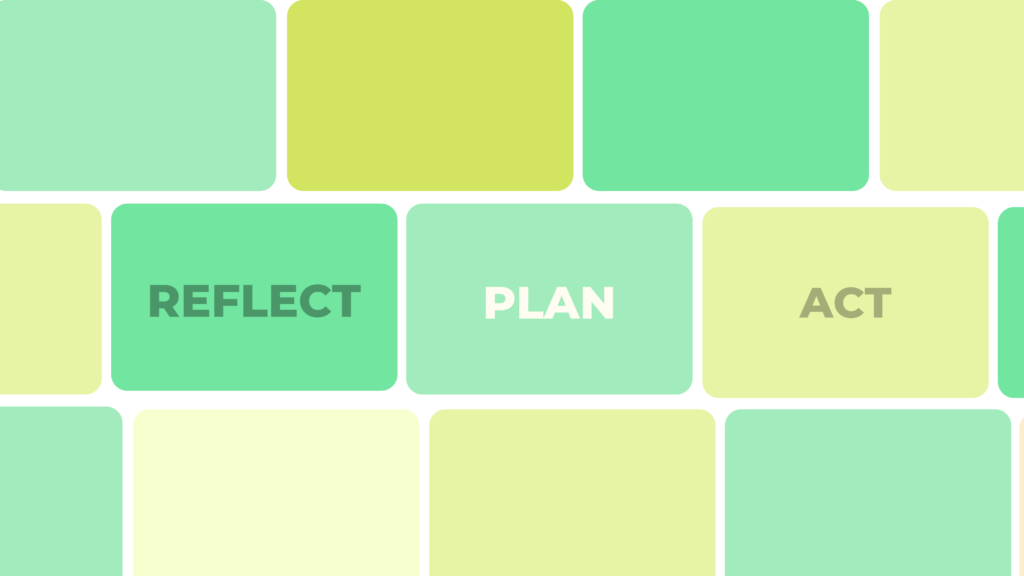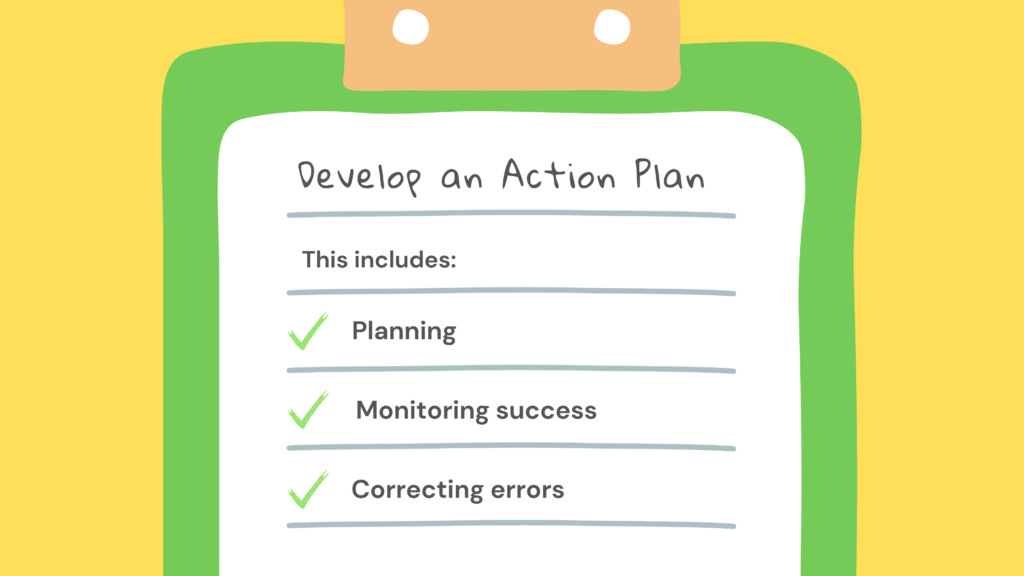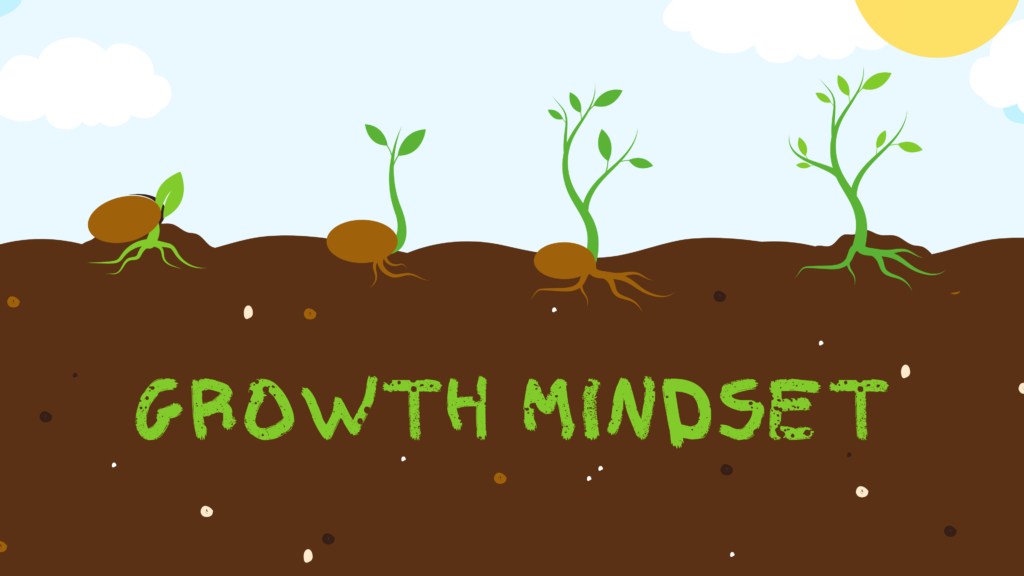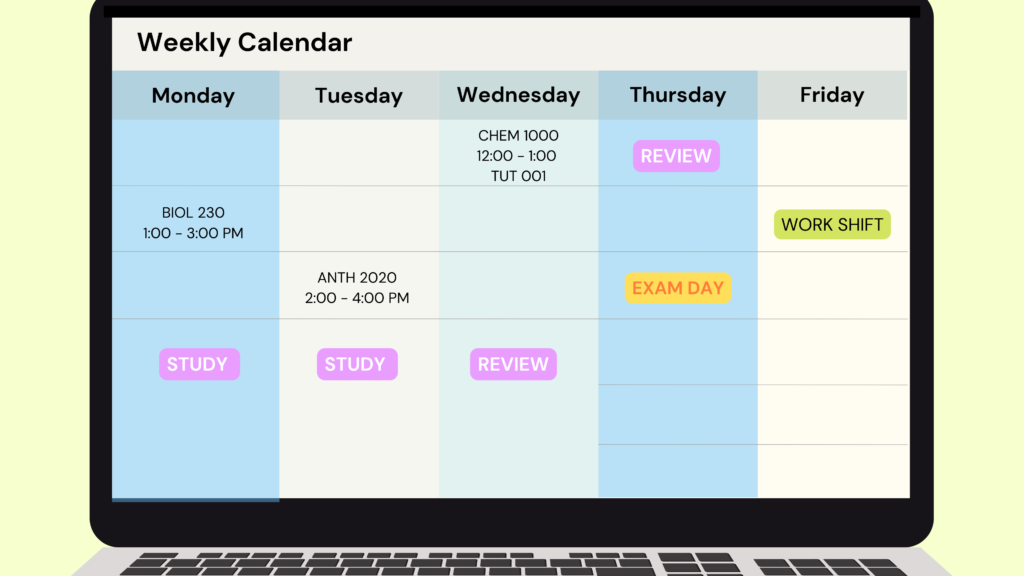About this PATHS attribute
Self-regulation, which includes metacognition and mindfulness, involves assessing and understanding one's internal state (i.e. emotions, mindset, skills, motivations) and developing an action plan or strategy to effectively respond to external challenges.
Where to start? Follow this pathway for a complete learning experience or pick the scenario that applies to your course. Each section includes:
- A description of the learning object and associated learning outcomes
- Estimated activity time
- Instructor notes and helpful suggestions
- Options to download or embed resources
- Video transcripts and accessible document versions
For examples of how to organize content in eClass, visit our demo site.
New to H5P? Learn more about using and adapting H5Ps in eClass here.
Expand to explore

Self-regulation helps students take strategic control of their learning
Self-regulation helps students manage responsibilities, timelines and goals, monitor their learning, and effectively respond to challenges and new tasks. Self-regulation helps students persist and succeed in their learning, whether they're working on a group project, learning new concepts, or completing an assignment.

Learning about self-regulation
Learning about self-regulation and its benefits will help empower students by developing skills in planning and goal setting, personal leadership and accountability, integrative and critical thinking, self-awareness and learning skills.

Improving learning by thinking metacognitively
Students improve their learning when they have well-developed metacognitive thinking skills. Metacognition (thinking about our own thinking and learning) helps students develop knowledge about their learning strategies and themselves as learners, as well as the ability to self-regulate their learning processes.

Using mindfulness and growth mindset to achieve more
By developing mindfulness, students can learn how to overcome distracting thoughts and feelings and better respond to challenges. Along with mindfulness, cultivating a growth mindset gives students an empowering perspective towards learning by developing a sense of resourcefulness and purpose with a focus on improvement and growth.

Achieve more with self-regulation tools and frameworks
Students can learn how to build up their self-regulation skills with the help of various tools and frameworks, including using the cycle of self-regulated learning to approach an upcoming assignment or task, making goals that stick and monitoring their progress, and creating a personal learning plan that will help them overcome obstacles and succeed in their course.

Evaluation tools help students gain valuable insights
Instructors can use these objects to provide students with guidance and supportive tools to assess their perceived performance and progress.
Instructors can also create a scaffolded learning experience through external feedback that assists students in reflecting on any discrepancies between their desired goal and attained the outcome.



